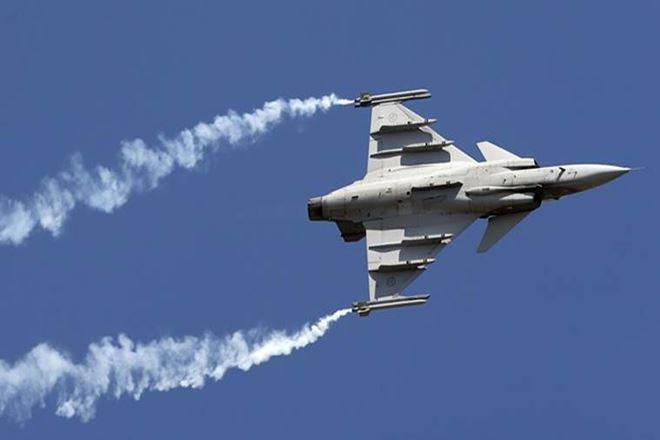By Baba Kalyani
India is expected to be a $10-trillion economy in the next 12-13 years and its defence spend will reflect this expansion, creating huge demand for indigenously built modern weapon systems. The draft Defence Production Policy (DPP) 2018 highlights major categories of systems—fighter aircraft, helicopters, warships, land & combat vehicles, etc. Such critical platforms clubbed with bringing in high-technology in the country offer huge opportunities for both global and Indian OEMs.
Policy goals include achieving a turnover of $26 billion and additional investments of $10 billion by 2025. In line with its stated objectives, over the last four years, the ministry of defence initiated many policy and procedure reforms.
DPP 2016 has many enabling features to promote the role of Indian industry:
Higher preference for Make-in-India categories;
Simplified ‘Make’ procedure with higher level of funding (90% against 80% earlier); and
Strategic partnership model to facilitate participation of Indian private industry, through technology collaboration with foreign OEMs, in select segments—fighter aircraft, helicopters, submarines and armoured fighting vehicles.
Besides rationalising items requiring direct industrial licences (DIL), the government enhanced FDI limit in defence (from 26% to 49% through automatic route, and up to 100% on case-by-case basis through government route where access to modern technology may be involved). Revised offset guidelines have been introduced to simplify processes.
Ahead of the Aero India 2019, the Defence Acquisition Council (DAC) has approved significant changes in DPP, in what is called the third phase of reforms. These are focused on making procurement procedures industry-friendly and simplifying certain aspects, to make it smoother and faster, to meet the operational requirements of the armed forces.
The ministry of defence has launched projects for development of two defence industrial corridors (in Tamil Nadu and Uttar Pradesh) dedicated to defence manufacturing. State governments are offering incentives for starting defence & aerospace industries to attract investments and create job opportunities.
Many Indian companies are suppliers to major OEMs directly and through their tier-1 suppliers. Positive policies and Make-in-India have created enthusiasm among Indian industry, which is on the threshold to assume greater responsibility in making the nation self-reliant in defence production. Private industry has added demonstrable capability for manufacturing warships to gun systems, missile systems, small arms, etc.
The resurgence of India’s manufacturing is remarkable. Revenues are soaring and the sector is making its presence felt abroad as many Indian firms are becoming transnational. India is developing into a manufacturing hub for global corporations wanting to leverage the sector’s proven capability in product design, reconfiguration and customisation, assured quality, and value addition.
Civil aviation is also soaring. Passenger traffic is likely to touch 350 million in 2020 to make India the third-largest aviation market in the world. India’s fleet of 430 civil aircraft will likely double over 5-7 years. The maintenance, repair and overhaul (MRO) sector is projected to increase from $700 million to $1.5 billion by 2020. Rapid growth now calls for on modernisation of airports, communications, navigation and surveillance systems for air traffic management, and facilities for MRO to manage pressure on the existing civil aviation infrastructure.
We, at Society of Indian Defence Manufacturers and CII, believe that global aerospace industries would take a note of these positive developments, and Aero India is a platform to explore scope and opportunities for JVs and partnerships, and would provide a fillip to the defence industry in India, promote investments and build partnership to make India a defence manufacturing hub.
The author is president, SIDM, and chairman, CII National Committee on Defence
